Most Impactful AI Trends for 2024 Businesses Can’t Ignore
View Count:
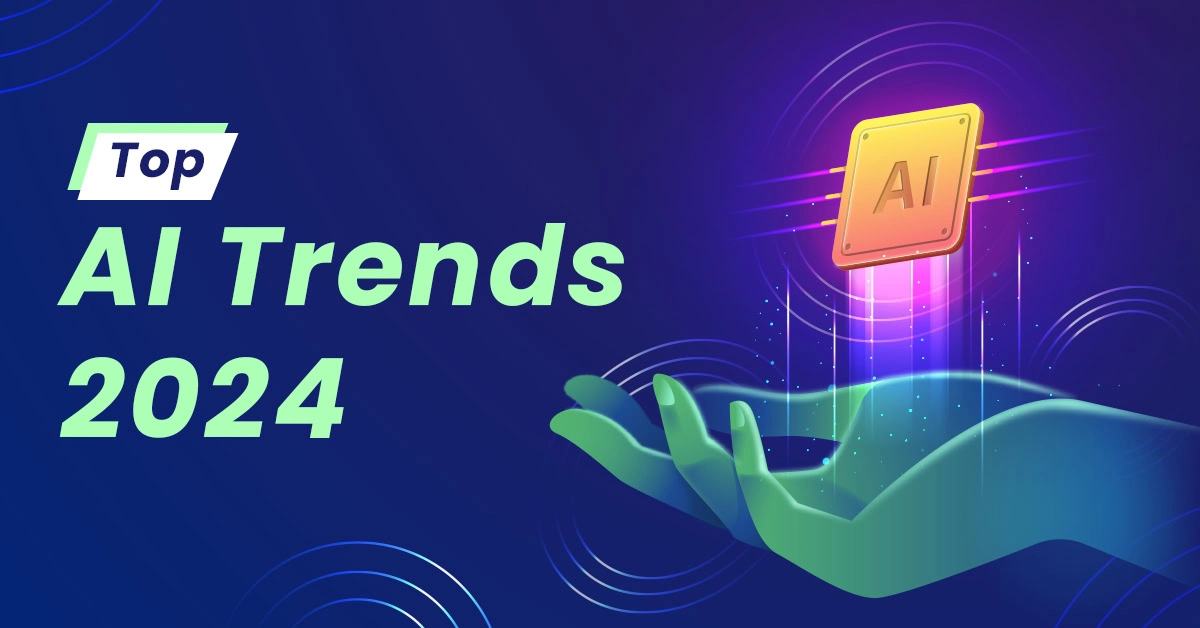

An enthusiastic Operations Manager at TopDevelopers.co - A dedicated directory of IT service providers, coordinating and managing the technical and functional areas. She is an adventure lover, passionate traveller, and an admirer of nature, who believes that a cup of coffee is prime source to feel rejuvenated. Researching and writing about technology keeps her boosted and enhances her professional journeying.
The AI hype continues in 2024 with businesses across major industries looking for ways to integrate AI into their operations and products.
77% of companies are either using or exploring AI in their businesses, with 35% reporting use and 42% considering it. Further, more than 50% of companies plan to incorporate AI technologies in 2024.
Another report indicates that 92.1% of businesses have seen measurable results from Artificial Intelligence technology.
If we track the momentum of AI from 2023 to 2024, the rate of AI adoption and people’s interests have only increased. However, one thing that has changed is the trends, technologies, and techniques within the AI landscape.
If LLMs and ChatGPT API ruled the most out of 2023, the present year is for small language models, Quantum AI, and ethical AI.
As per Gartner’s AI hype cycle, the AI trends for businesses have significantly changed this year and continue to advance.
Credit to the rapid developments in the AI area, every day we have a new research paper on new techniques that claim to improve the performance and accuracy of language models.
In such a scenario, where every other business has implemented AI in their services and users are enjoying the convenience of AI features, failing to grab the AI opportunity for your business can have negative implications.
This blog outlines the major AI trends that can change the course of your business in 2024. Let’s explore AI trends together and look for ways to AI-proof your business.
Top 9 AI Trends for Businesses To Watch In 2024
Here are some notable AI trends for businesses in 2024 that will transform the way they operate and offer services.
Multimodal AI

Multimodal AI is the rising star in the Artificial Intelligence landscape. Unlike Unimodel AI which can understand a single type of data, Multimodal AI can understand and process multiple types of data, like text, image, video, and voice.
This enables the AI models to understand the queries and scenarios better and interact more naturally.
The best thing about multimodal AI is that it allows businesses to create more natural and engaging interactions with customers.
For example, a retail app could use Multimodal AI to understand your voice description of a desired item while showing visually similar options.
Businesses can even implement multimodal AI functionalities like text-to-image synthesis, image-to-text generation, video-to-text analysis, and video-to-image generation in internal operations and services.
Ethical AI
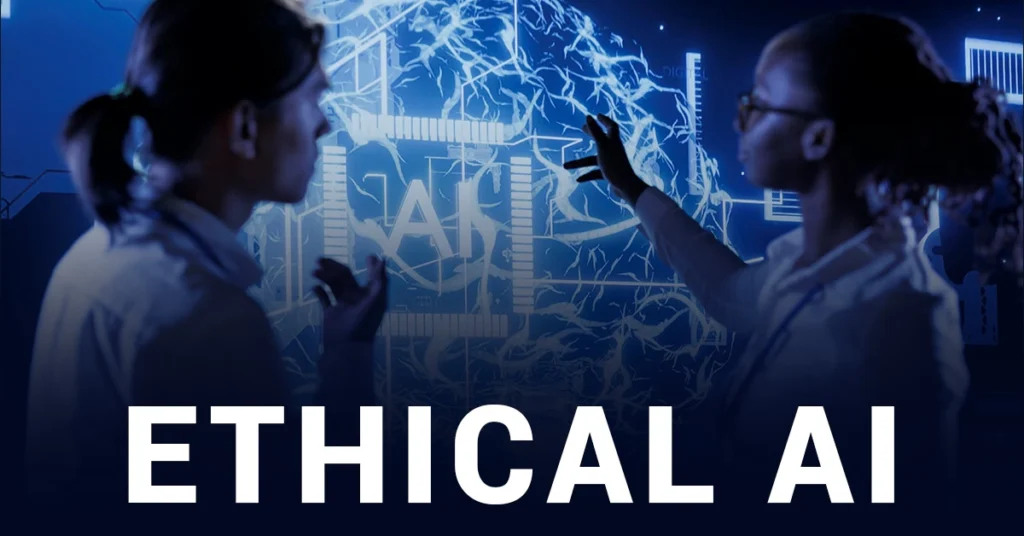
Everything has a dark side, including AI. Instances of deepfakes, biased models, misinformation, and privacy concerns are a few of the biggest threats to AI implementation.
In the last few months, the business landscape has been more concerned with navigating the threats of AI and making it safer to use. Governance and agencies around the globe are coming up with regulations to monitor AI development companies in developing safe AI tools and models.
From the Chinese AI regulations to the EU AI Act, we are looking at regulations to mitigate biases, avoid misinformation, safeguard individual privacy, and maintain data integrity.
As businesses are actively adopting Artificial Intelligence tech, the focus should also be on ethical AI deployment to safeguard your customers and your business’s sensitive data.
Democratization of AI
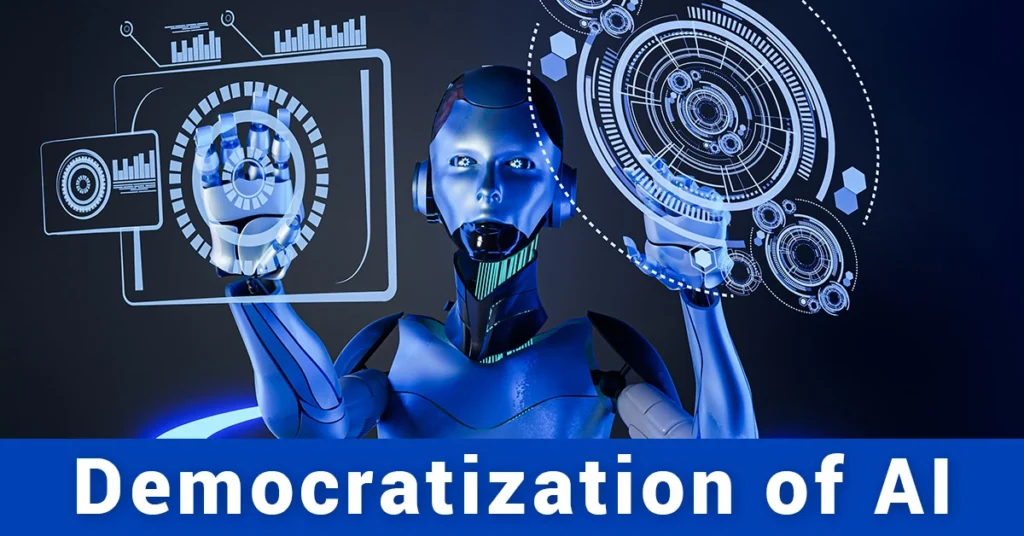
Another big AI trend of the year will be the democratization of AI. We cannot have sophisticated AI technologies in the hands of a few big tech companies.
The year 2024 will be the year of AI that’s accessible to a wider range of people and organizations. Democratization aims to make AI platforms and tools user-friendly so that businesses with minimum technical resources can also leverage its benefits.
Plus, we are already witnessing the emergence of open-source models, tools, and platforms that enable businesses to access top-notch ML and AI techniques to build robust AI applications.
The further democratization of AI will break down the barriers and encourage the use of AI across different industries. This will open doors for more innovation, better decision-making, and increased efficiency.
AI Twins
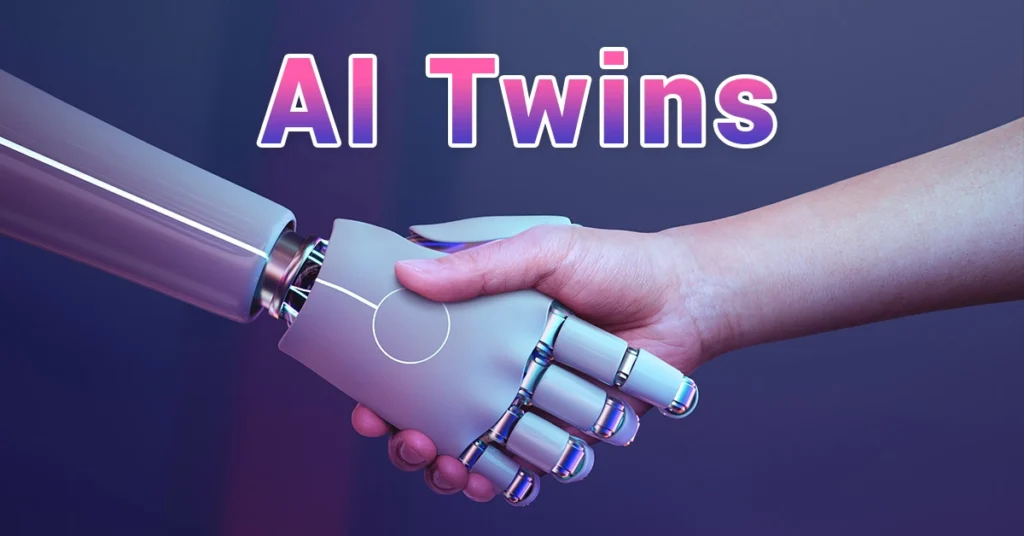
A few years ago, when Metaverse was ruling the tech world, you definitely would have heard the term “digital twins.”
However, at that time, the technologies at our disposal were not so advanced to create realistic digital twins.
Today, with the confluence of ML algorithms, NLP, AR, and VR, we can create hyperrealistic AI twins.
AI twins can find applications across entertainment, content creation, healthcare, and education. It can also be used to optimize manufacturing processes, predict equipment failures, and improve product design.
Quantum AI
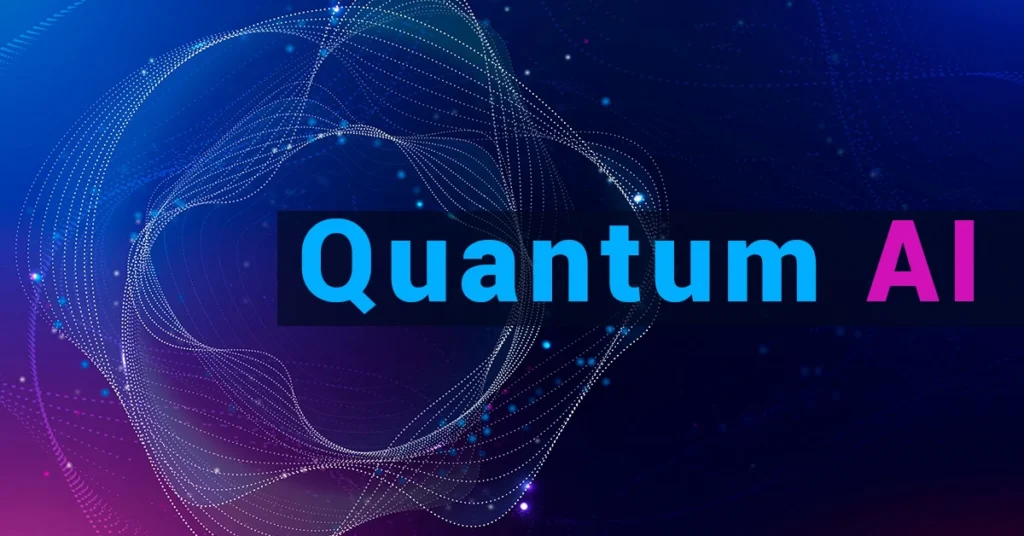
Another big trend of the year is the merging of AI and Quantum Computing – Quantum AI.
Quantum computing has the potential to revolutionize AI by enabling the development of more powerful and efficient AI algorithms.
It opens doors for solving complex problems that are currently beyond traditional AI’s capabilities. This could revolutionize fields like drug discovery, materials science, high-resolution weather forecasts, assessing financial risks, and more.
Smaller Language Models and open-source advancements
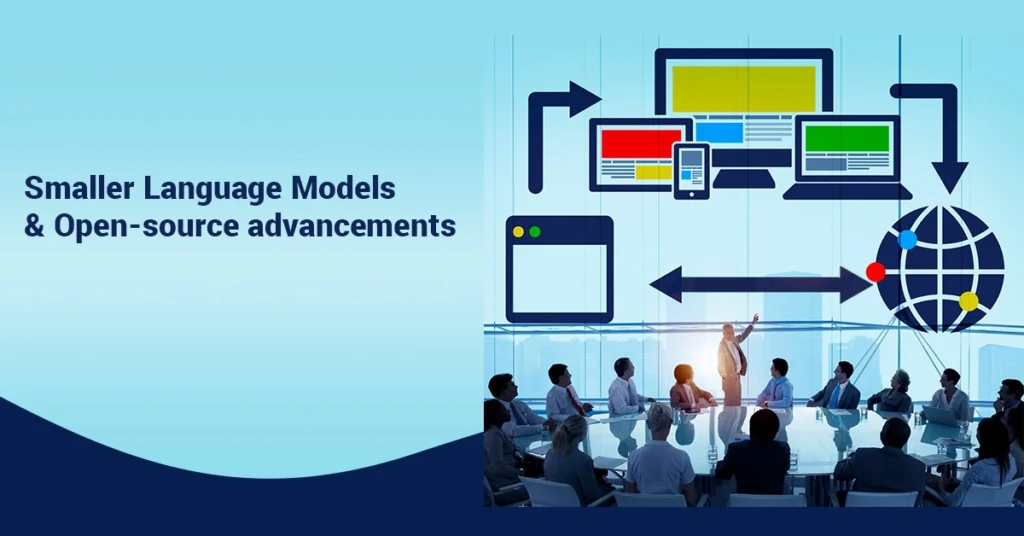
Though the Large Language Models launched the AI phenomenon and being trained on billions of parameters sounds impressive, they have their drawbacks too.
Only large enterprises have the funds and resources to train, fine-tune, implement, and maintain LLMs for their use cases. Small and medium-sized businesses struggle to keep up with the investment and talent required to deploy LLMs.
Plus, LLMs require high energy to function. The University of Washington speculates that a standard day of ChatGPT queries approaches the daily energy consumption of 33,000 U.S. households.
Small language models come as the ideal solution being energy, cost, and resource-efficient. The best thing about SLMs is their high performance and accuracy. Even being trained on fewer parameters, these language models yield better output.
Plus, small language models run at lower cost and easily accessible hardware making it convenient for smaller businesses to train and improve AI models.
Furthermore, small language models can run locally on smaller devices like smartphones with the help of IoT and edge computing. This helps to overcome privacy and cybersecurity concerns that arise from interaction with sensitive personal or proprietary data.
Hyper-personalization
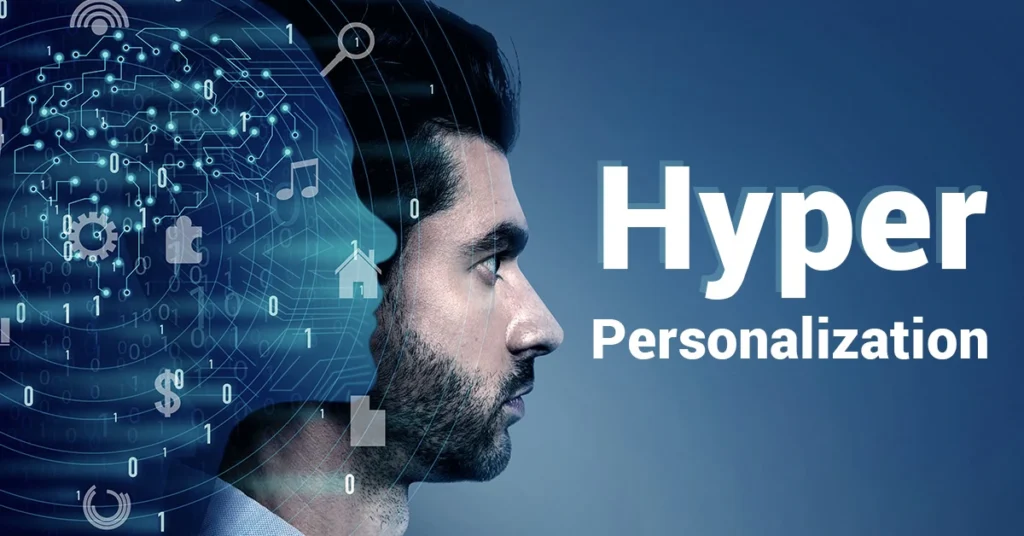
2024 is the era of hyper-personalization. Be it content recommendations or product suggestions, businesses are offering services aligned with the customer’s preferences.
AI enables businesses to accurately analyze customer order history, buying preferences, online behavior, and other patterns. These insights are then used by companies to personalize every interaction and experience for maximum loyalty and satisfaction.
AI-augmented apps
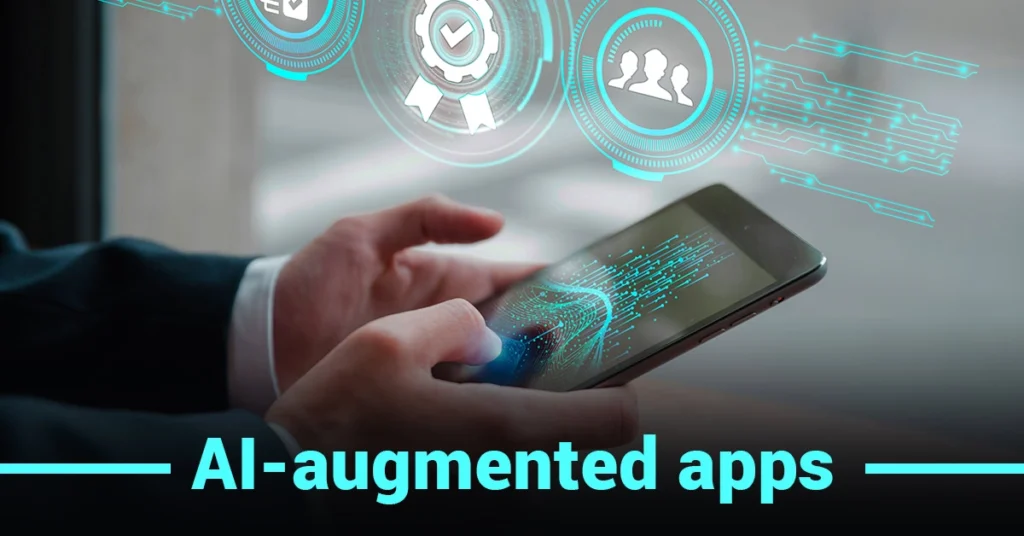
Nowadays apps don’t rule the market unless it has some AI-integrated features.
AI applications are smarter, faster, and more efficient than traditional applications. This is true from both business and customers’ point of view.
Businesses use a bunch of tools in their marketing, sales, finance, HR, and other departments to manage tasks effectively. While the customers use apps for their routine tasks and services.
In both cases AI-powered apps increase user-friendliness, facilitate automation, and enable accurate data analysis. Further, AI-augmented apps for businesses enhance user experience, improve productivity, reduce costs, and enable better decision-making.
To sum up, by integrating AI into their apps, businesses can empower their employees and impress customers.
AI-powered software engineering
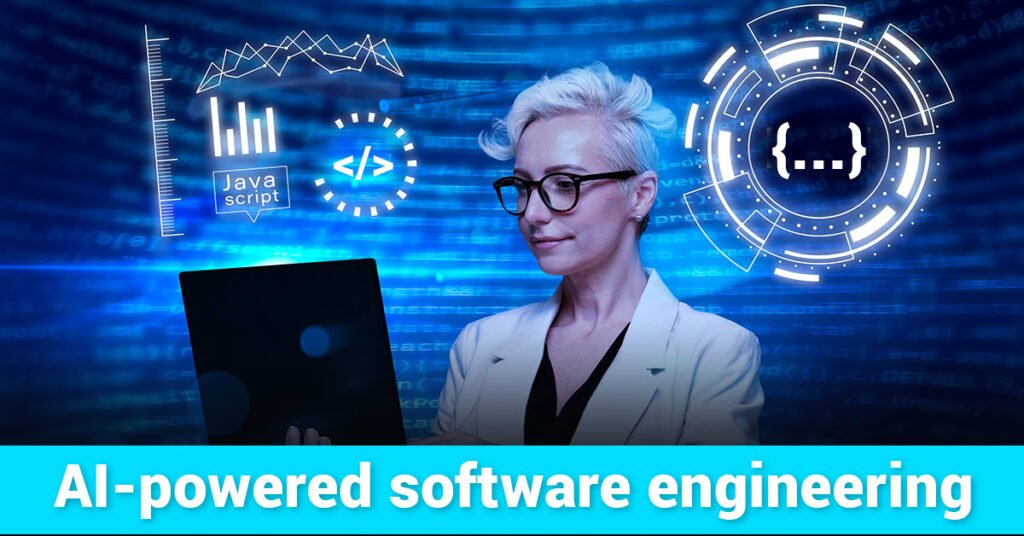
Traditionally software development includes writing codes, testing bugs, fixing issues, integrating new features, and upgrading systems. These are tedious and time-consuming processes.
However, with the advent of AI, software engineers have new assistants such as code editors. The biggest trend of 2024 can be AI models like Devin which are proficient in sophisticated coding.
AI in software engineering can automate repetitive tasks like code generation, identify potential bugs at an early stage, improve code quality, and enable relevant code snippets or function calls based on the context of the code being written.
All these AI functionalities can speed up the software development process, reduce errors, cut down development costs, and boost code performance.
Conclusion
The AI trend is here and isn’t going to fade away any time soon. It has started a technological revolution that fosters intelligent applications and use cases.
Businesses looking to ride the AI wagon, must first develop a clear strategy and identify goals they want to achieve with AI. Also, they must focus on ethical, privacy, and legal compliance when deploying AI across their operations.
With a clear roadmap and the right AI development company by your side, you can build highly functional, secure, and robust AI applications to propel your business success.